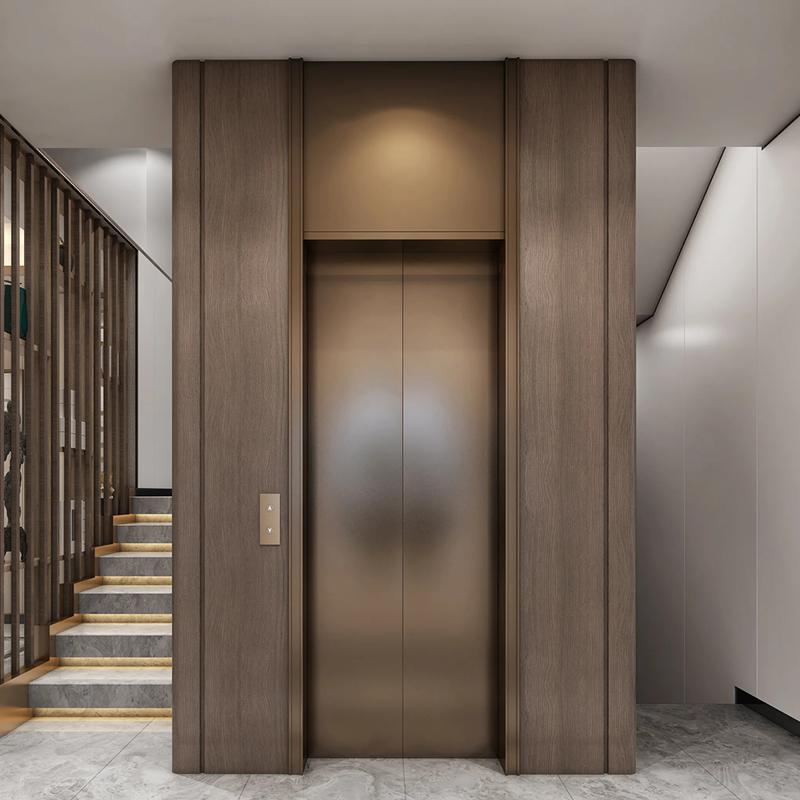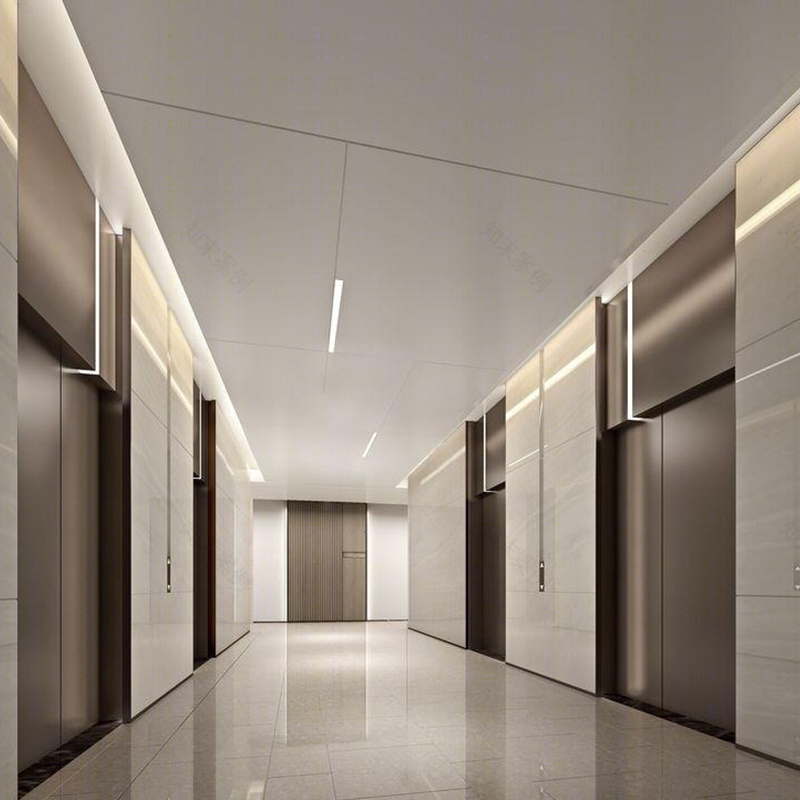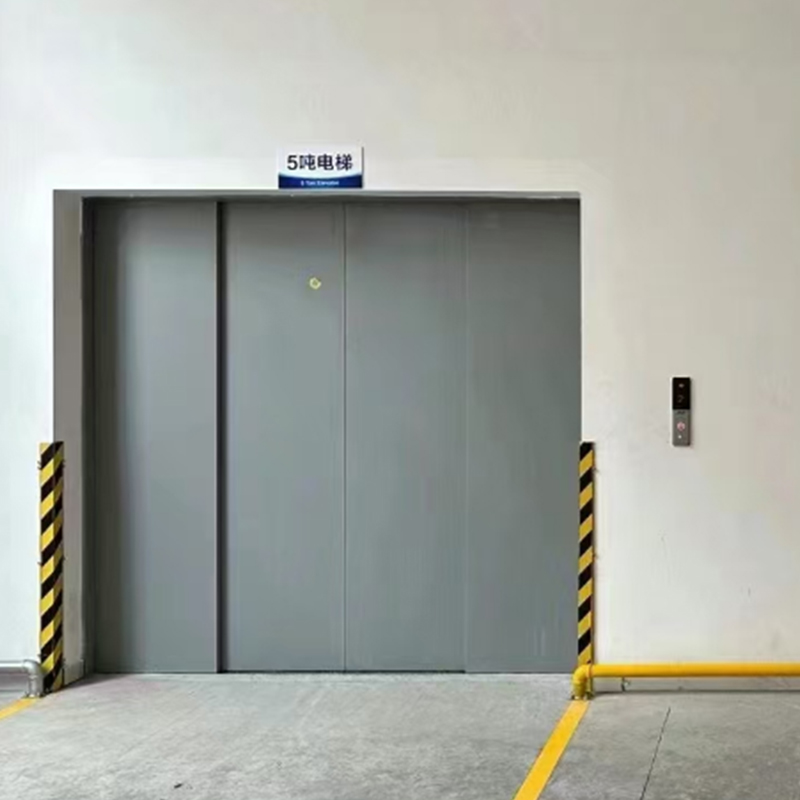
Is a Home Lift the Ultimate Upgrade for Your Modern Residence?
Posted by Admin | 01 Sep
The concept of a residential elevator has undergone a profound transformation. Once considered an extravagant luxury exclusive to palatial estates, it is now recognized as a practical, accessible, and highly desirable feature for a wide range of homeowners. This shift is driven by advancements in technology, an aging population choosing to age in place, and a growing emphasis on universal design principles that create living spaces accessible to all. The modern Home Lifts system represents a significant integration into the smart home ecosystem, engineered to enhance daily convenience and redefine the functionality of a family’s living environment. These sophisticated devices utilize advanced drive mechanisms and precise, computerized control systems to guarantee exceptionally smooth operation and remarkably low acoustic emissions, ensuring they blend into the background of home life.
The true genius of contemporary residential elevators lies in their adaptability. They can be seamlessly incorporated into a multitude of architectural styles and interior decors, from classic traditional to minimalist modern. Their compact and often modular design philosophy prioritizes spatial efficiency, enabling installation even in homes where space is at a premium. The decision to install a Home Lifts system is a multifaceted one, encompassing considerations of safety, property value, long-term convenience, and future-proofing one’s living space. Whether the goal is to eliminate mobility barriers for an elderly relative, to fundamentally increase the marketability and value of a property, or simply to introduce a new level of effortless comfort to daily routines, a residential elevator presents a intelligent and forward-thinking solution. This comprehensive guide will navigate the extensive benefits, the critical planning stages, the intricacies of the installation process, and the financial considerations, providing the knowledge necessary to determine if this investment is the right choice for your home.
The Multifaceted Benefits of Installing a Home Lift
The installation of a Home Lifts system is a substantial investment that yields a diverse array of advantages, extending far beyond the basic premise of moving between floors. The benefits touch upon safety, financial, practical, and aesthetic aspects of homeownership, making a compelling case for their inclusion in modern residential design.One of the most significant and impactful benefits is the dramatic improvement in home accessibility. For households with elderly members, individuals with temporary or permanent mobility challenges, or those recovering from surgery, stairs can present a formidable and dangerous obstacle. A residential elevator effectively eliminates this barrier, providing a safe, secure, and reliable method of vertical transportation. This capability empowers individuals to maintain their independence and continue living comfortably in their own homes, a concept known as aging in place, without the constant fear of falls or the physical strain associated with stair climbing. It preserves autonomy and significantly enhances the quality of life.
From a financial perspective, a Home Lifts installation is a powerful asset that can considerably boost a property’s market value and appeal. In a competitive real estate market, a home elevator is a distinguishing amenity that attracts a broader demographic of potential buyers. This includes not only those with immediate mobility needs but also younger families appreciating the convenience of moving strollers and groceries, and affluent buyers seeking a touch of luxury and modern innovation. It signals that the home is thoughtfully designed, forward-looking, and equipped with high-end features, making it stand out and often commanding a higher selling price.
The sheer convenience and comfort offered by a residential elevator should not be underestimated. Even for the most agile individuals, the daily task of carrying heavy laundry baskets, luggage, groceries, or furniture up and down flights of stairs becomes a thing of the past. This effortless transport saves time and physical effort, reducing household strain. Modern units are equipped with user-friendly interfaces that often support touch controls, voice activation, and integration with smartphone applications for remote operation, making them intuitive and easy for every member of the family to use. Furthermore, the presence of an elevator can future-proof a home, ensuring it remains suitable and comfortable for its occupants through all stages of life.
Comprehensive Planning and Meticulous Preparation
The journey to owning a residential elevator begins not with construction, but with thorough planning and meticulous preparation. This foundational phase is critical to ensuring the project proceeds smoothly, meets all legal requirements, and ultimately results in a system that perfectly aligns with the homeowner's needs and expectations.The initial and most crucial step is a candid assessment of your specific requirements. This involves looking at both present and future circumstances. Key questions must be answered. What is the primary purpose of the elevator? Is it for a wheelchair user, requiring specific cab dimensions and door configurations, or for general convenience? How many passengers will typically use it simultaneously? What is the maximum weight capacity needed, considering not just people but also items being transported? Answering these questions will determine the necessary capacity, cab size, and layout, ensuring the selected Home Lifts model is a perfect fit for its intended use for decades to come.
Comparing Primary Types of Home Lifts Systems
Selecting the right type of elevator is a decision influenced by budget, available space, and performance preferences. The market offers several distinct technologies, each with its own set of characteristics.| Type | Operating Mechanism | Key Advantages | Key Considerations |
|---|---|---|---|
| Hydraulic | Uses a fluid-driven piston to push the cab upward and controls its descent via valves. | Proven, reliable technology; provides a very smooth ride; generally lower initial cost. | Requires a separate machine room for the pump and fluid; can be less energy-efficient. |
| Traction (Cable-Driven) | Utilizes a counterweight system and steel cables hoisted by an electric motor. | Highly energy-efficient; very smooth and quiet operation; no machine room needed. | Higher initial installation cost; requires overhead space for the drive machine. |
| Pneumatic (Vacuum) | Operates by creating a pressure differential (vacuum) above the cab to raise it and releasing pressure to lower it. | Space-saving, self-contained cylindrical design; requires no shaft or machine room; modern aesthetic. | Limited to a smaller number of floors; capacity can be more limited; relies on a continuous vacuum seal. |
A critical and non-negotiable aspect of planning is navigating the landscape of local building codes and permits. Residential elevator installations are heavily regulated to ensure absolute safety. Regulations can vary significantly by city, county, and state, governing everything from shaft construction and fire ratings to emergency systems and electrical work. It is imperative to research these requirements thoroughly and engage with the local building department early in the process. Obtaining all necessary permits before any work begins is mandatory. This step not only ensures the installation is legal but also that it will pass final inspection, providing certification that the system meets all safety standards. A reputable installation company will manage this process on behalf of the homeowner.
The Technical Process of Home Lift Installation
The physical installation of a Home Lifts system is a complex engineering project that demands professional expertise and precision. It is not a DIY undertaking and must be performed by certified technicians. The process typically follows a structured sequence of stages to ensure safety and reliability.It all begins with site preparation. This involves the contractor preparing the designated area for the new elevator shaft. Depending on the home’s layout and the type of elevator chosen, this may require the careful removal of flooring, wall sections, and possibly ceiling material on upper floors. The structural integrity of the home is paramount; the site must be reinforced as needed to support the significant weight and dynamic forces of the operating elevator. This stage creates the physical void where the shaft will be constructed.
Shaft construction follows site prep. This is the creation of the vertical passageway that will guide the elevator car. For some models like pneumatic tubes, the shaft is the tube itself. For hydraulic and traction models, a traditional shaft is built using wood studs and drywall, or steel beams, all precisely aligned and plumb. The dimensions and straightness of this shaft are critical; any deviation can affect the smooth operation and safety of the elevator. This structure must also incorporate any required fire-blocking and meet specific fire code ratings for walls and doors.
The core phase is the elevator installation itself. A team of technicians will methodically install the core components. This includes erecting the guide rails that ensure the cab’s straight path, installing the drive system (whether it’s a hydraulic pump, a traction motor, or the vacuum system), assembling the cab within the shaft, and connecting all the electrical wiring and control systems. Given the high-tension cables, heavy components, and complex electronics involved, this phase highlights why professional installation is absolutely essential for safety and performance.
The final, crucial stage is a rigorous regimen of inspections and testing. Once installation is complete, a local building inspector or a designated elevator inspector will examine the installation to verify compliance with all applicable codes and regulations. Simultaneously, the technicians will perform comprehensive functional tests. They will verify the operation of all built-in safety mechanisms, which typically include an emergency braking system, battery-operated backup power for automatic descent in a outage, an anti-slip cabin floor, an automatic leveling function to perfectly align with floors, and a two-way alarm or telephone system for communication in case of an emergency. Only after passing all inspections and tests is the Home Lifts system certified for safe use.
Financial Considerations and Long-Term Value
Understanding the full financial scope of a residential elevator project is essential for realistic budgeting and assessing its overall value proposition. The costs extend beyond the initial purchase price of the unit.The initial investment is the most substantial cost and encompasses several elements. This includes the price of the elevator unit itself, which can vary widely based on type, capacity, materials, and custom features. Beyond the unit, significant costs are associated with the construction work: building the shaft, reinforcing structures, and making electrical upgrades. Professional installation fees, which cover the expertise and labor of the certified technicians, form a major part of this investment. The total can vary dramatically based on the number of floors, the home’s existing structure, and the complexity of the installation.
| Cost Category | Description | Considerations |
|---|---|---|
| Initial Investment | Cost of elevator unit, construction, installation fees. | Varies by type (Pneumatic, Hydraulic, Traction), number of floors, cab customization. |
| Maintenance Costs | Regular scheduled servicing, inspections, and parts lubrication. | Essential for safety and longevity; typically involves an annual service contract. |
| Potential Repair Costs | Replacement of worn components like door operators, control boards, or sensors. | Warranty coverage is critical; older systems may have higher repair costs. |
| Long-Term Value | Increased property value, improved quality of life, safety benefits. | ROI includes both financial appreciation and intangible lifestyle benefits. |
Maintenance costs are an ongoing and necessary part of Home Lifts ownership. To ensure safe and reliable operation for years to come, regular scheduled maintenance is mandatory. This involves periodic inspections by a qualified technician to check all mechanical and electrical components, lubricate moving parts, and identify any potential issues before they lead to a breakdown. Most homeowners opt for an annual service contract. While this is a recurring expense, it is minor compared to the cost of major repairs resulting from neglect. One should also be prepared for potential repair costs outside of warranty, though a quality unit from a reputable provider should offer years of service with minimal issues.
When evaluating the expense, it is vital to weigh it against the long-term value. The upfront cost should be considered an investment rather than a mere expenditure. This investment yields returns in the form of significantly increased home value, enhanced safety and independence for family members, and unparalleled daily convenience. For many, the ability to remain in their beloved home comfortably and safely throughout their lifetime provides an invaluable return on investment that transcends pure financial calculation.
Selecting a Provider for Your Home Lift
Choosing the right company to supply and install your residential elevator is a decision of paramount importance, on par with selecting the type of elevator itself. The quality of the installation and the reliability of ongoing service will define your experience for the life of the product.Thorough research into a company’s reputation and experience is the first step. Seek out firms that specialize in residential applications and have a long track record of successful installations. Examine online reviews, testimonials, and check their rating with organizations like the Better Business Bureau. A company with a history of satisfied customers is a strong indicator of reliability and quality craftsmanship. It is also advisable to ask for references and perhaps even speak to past clients about their experience.
Verifying certifications and qualifications is non-negotiable. Ensure the company is fully licensed and insured to perform this type of work in your locality. More importantly, confirm that their technicians are factory-trained and certified to install and service the specific brand and model of elevator you are purchasing. This ensures the installation will be performed to the manufacturer’s exact specifications and safety standards.
Finally, a clear understanding of warranty coverage and service support is crucial. Scrutinize the warranty terms for both the equipment and the labor. A strong warranty protects your investment. Inquire about the company’s responsiveness to service calls and their policies for emergency repairs. Knowing that reliable, expert help is readily available should any issue arise provides the peace of mind that makes owning and enjoying your new Home Lifts system a truly worry-free experience.

-
 Founding Road, Qidu Linhu Economic Zone, Wujiang City, Jiangsu Province, China
Founding Road, Qidu Linhu Economic Zone, Wujiang City, Jiangsu Province, China
-
 [email protected]
[email protected]
-
 +86 17701557926/+86 0512-63818375
+86 17701557926/+86 0512-63818375


 En
En English
English русский
русский Español
Español عربى
عربى




